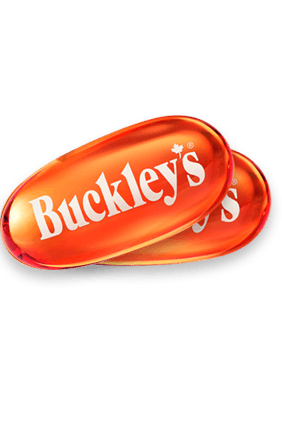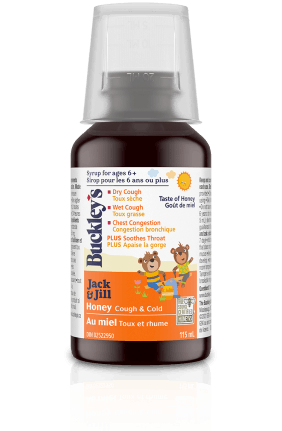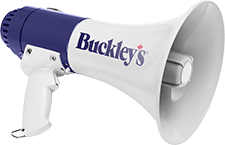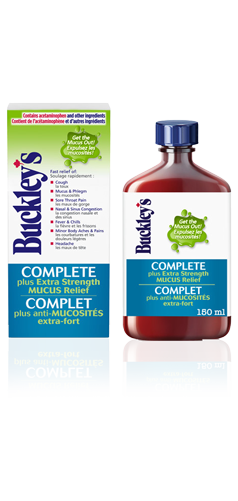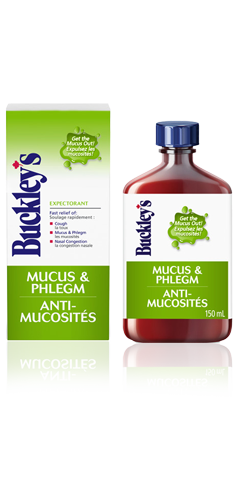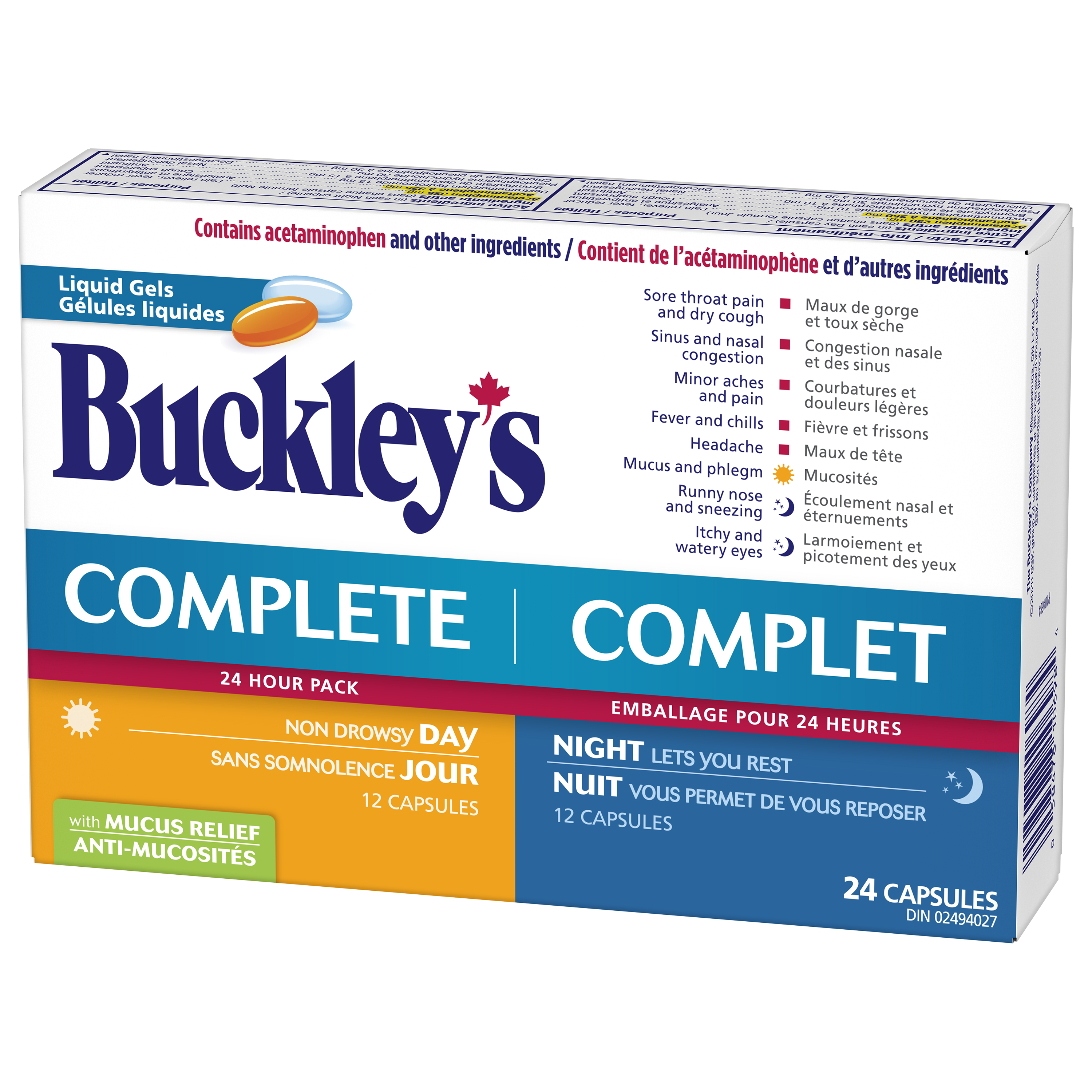What is Mucus and Phlegm?
You might not know that mucus and phlegm are technically different things. You’ll often see them together because they serve the same function in the body. Though everyone produces them, you may be wondering; what is mucus? What is phlegm? Both are great questions with interesting answers. Keep reading, you might be surprised with what you learn.


